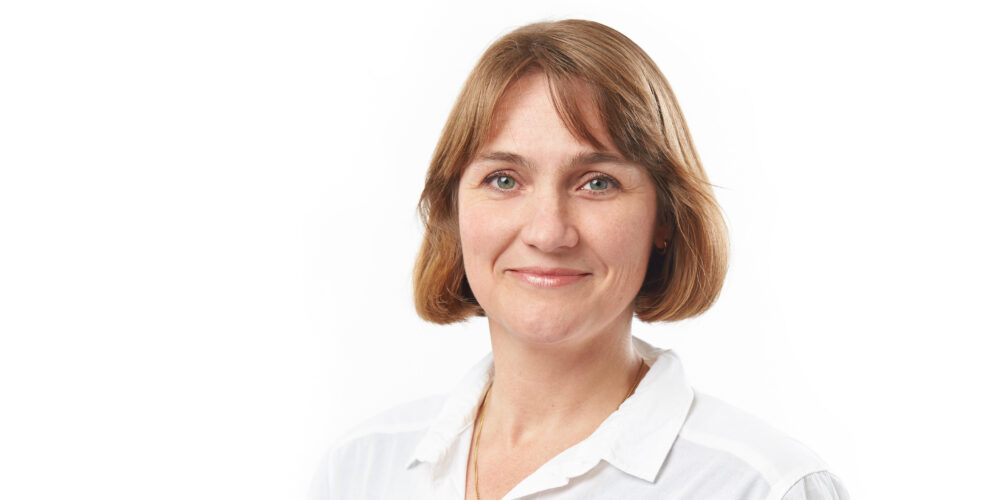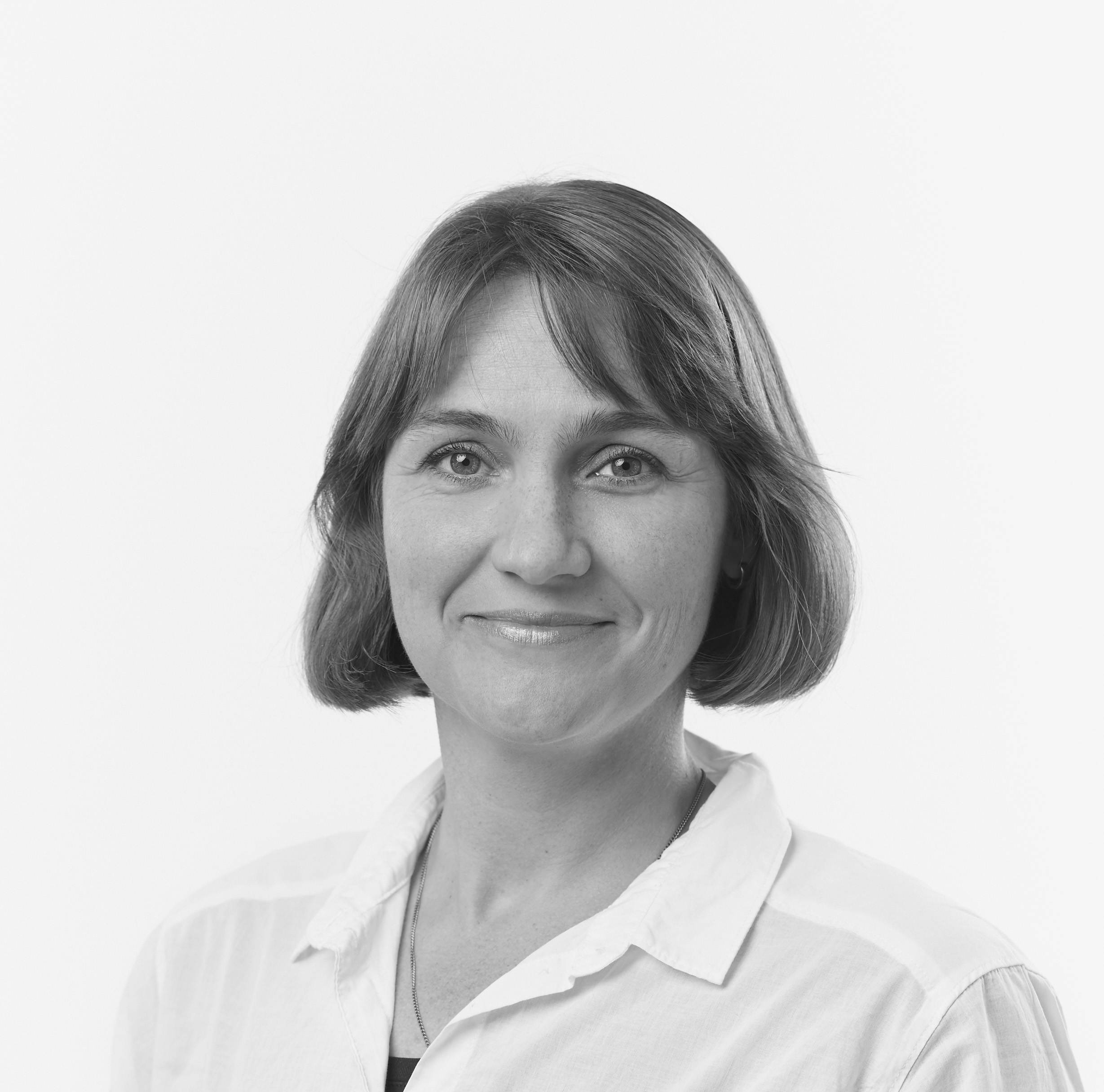Gästkolumnen
Re-search the light!
Having moved to Sweden has given this daylight scientist an exciting opportunity as the number of daylight hours here differs significantly through the year. Or was it that idea of a six-hour work day…?
Vill du fortsätta läsa?
Denna artikel är låst och endast tillgänglig för prenumeranter som skapat konto på ljuskultur.se. Som prenumerant kan du läsa samtliga artiklar från det senaste numret på nätet och får tillgång till ett växande arkiv av tidningens rika material. Är du redan prenumerant klicka på Logga in nedan för att logga in eller skapa konto.
Bli prenumerantHere in Jönköping, on the shortest day of the year, daylight is still present for 6 hours and 29 minutes. The main challenge is to be exposed to it as often and as comfortably as possible. Two recent experiments, with people temporary living under completely natural lit conditions, demonstrated more synchronized day-night rhythms with prolonged and improved sleep quality. Disruptions in these rhythms can lead to discomfort or more serious problems.”Prioritize our most predominant natural light source and its rhythms.”
Of course, results like these do not mean banning electric lighting, but it emphasizes the need to at least prioritize our most predominant natural light source and its rhythms. Perhaps six-hour workdays are quite logical from a daylight point of view (at least in wintertime)! Compensation can happen during the time that the number of daylight hours is at its greatest. Although… humans have evolved outdoors, but that was originally much closer to areas with 12 hours of daylight…
What is the best scenario for people? If a 12-hour scenario is optimal, how do we recover those missing daylight hours? What are crucial qualities of daylight, and how can they be comfortably realised in our built environment? How do we deal with the extra daylight hours in the summer? And, do all people require similar conditions?
Needless to say, we have to do further research into this natural dynamic light source, and its influence on humans and their environment, in order to integrate this knowledge into intelligent products that contribute to a healthy, comfortable, and sustainably lit environment. The Lighting Science group at Jönköping University is part of the Department of Construction Engineering. What a great opportunity to continue to educate students about (day)light design in the crucial stages of the building design process. So, with or without shorter workdays, I’m convinced I moved to the right place: Let’s re-search the light!
Publicerad den 30 november 2016
Ur Ljuskultur Nummer 6, 2016
Du kanske också gillar:
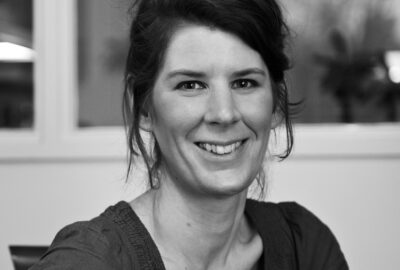
Gästkolumnen
Konsten att beskriva ljuskvalitet
Inom livsmedelsbranschen och produktindustrin finns metoder för att mäta och beskriva den känslomässiga upplevelsen av…
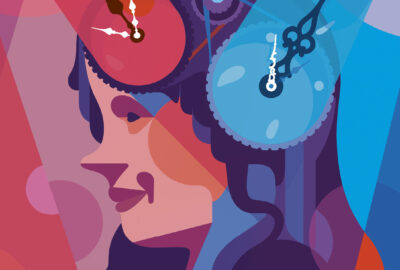
Forskning
“Det är dags att tänka förbi det blå ljuset”
Att ljus och hälsa hänger ihop är det ingen som någonsin ifrågasätter numera. Men sammanhangen…
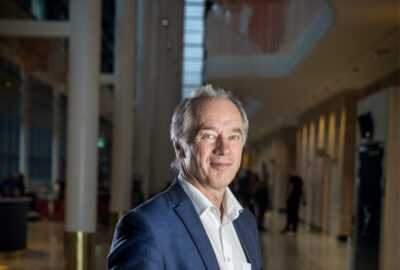
En beställares syn på ljus
”Att nedgradera belysningsfrågan finns inte på kartan”
Ljuskultur inleder nu en artikelserie där vi ställer frågor till beställare, för att höra om…


